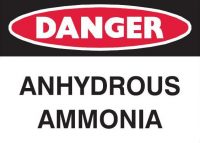More Details on the EPA’s RMP Reconsideration Rule
Facilities subject to Section 112(r) of the Clean Air Act—better known as the Risk Management Program (RMP)—won a significant deregulatory victory with the EPA’s issuance of its RMP Reconsideration Rule. The Reconsideration Rule rescinds major portions of the RMP Amendments Rule the Obama EPA issued in January 2017.







